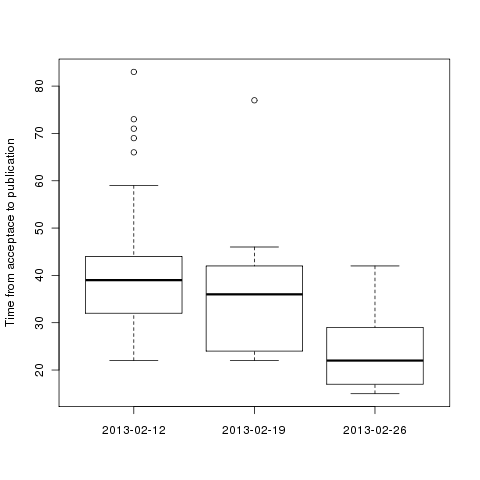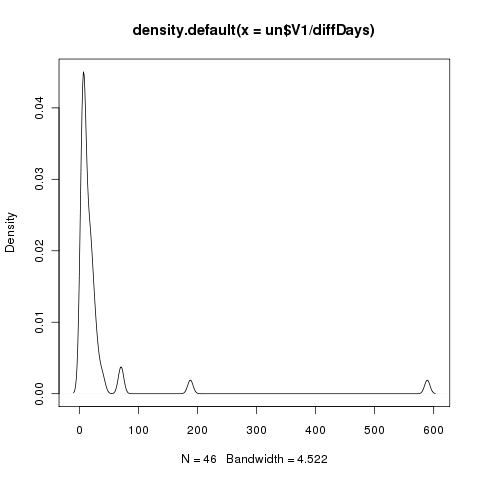Working on a malaria model, where one of the abilities is to evaluate the impact of climate change, I have twisted my brain to understand how we should evaluate the impacts of a warmer planet. Sea level rise, fair enough; low lying land might potentially become flooded; the nature of precipitation might influence energy production; ice free Arctic might allow ships to take a shorter route. How climate influence human and livestock health is a more complicated question, and I believe we need to make some assumptions to evaluate the consequences.
When assessing how climate might change in the future, climate modellers have made assumptions, and work from the thinking that if emissions of green house constitutes continue as today, the planet will become X degrees warmer. If we cut emissions today, the temperatures will only increase by Y degrees. To understand how human health is influenced by a changing climate my personal opinion is that impact modellers should adopt the thinking from the climate community, and develop standardized scenarios about population growth, how housing improves (or not), how health systems change, irrigation, … The scenarios needs to be structured on grids, like the climate models. By having this type of standardized scenarios, we will be able to estimate the uncertainty of the impact models, and potentially draw some conclusions about how climate influence human and animal populations.
The 2010 paper by Gething et al. is a good example of how real world projections might become wrong when the society develops along with climate change. A malaria model using a scenario suggesting Europe and the Americas improved housing and health systems would probably come up with the same results as they find in their paper, but very few models take such changes into consideration. This type of scenarios become even more relevant as it seems like we are moving towards adaptation, while emissions carry on like before.


